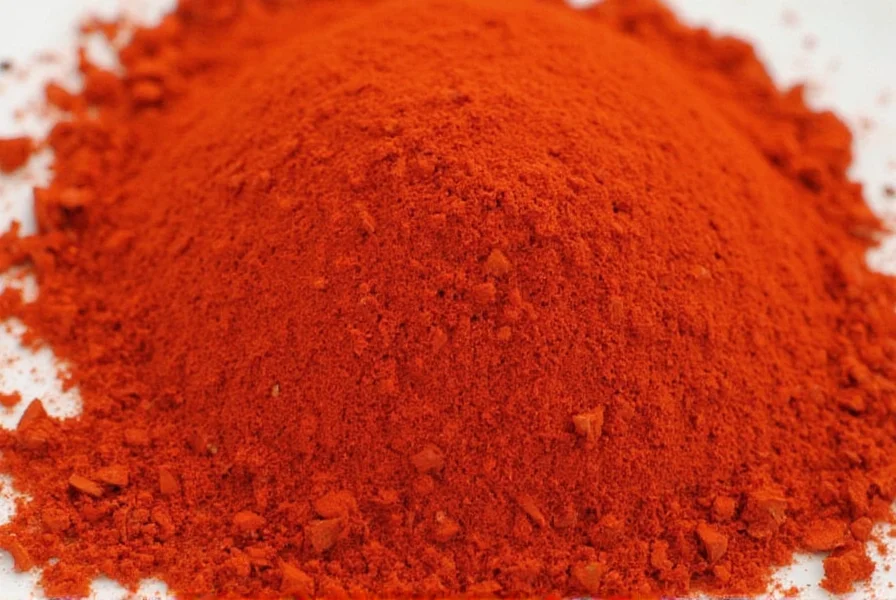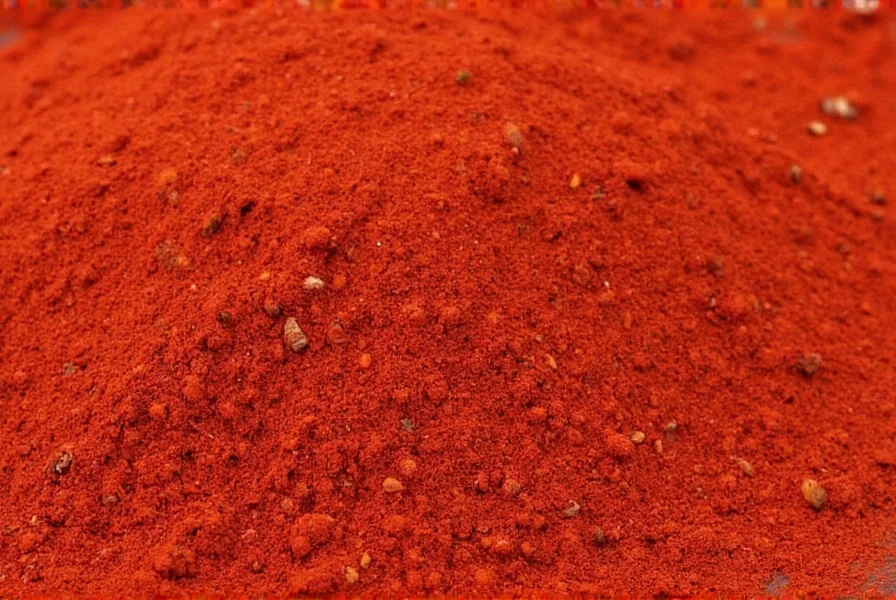Paprika, the vibrant red spice made from ground peppers, has become a kitchen staple worldwide. But what exactly is paprika used for beyond just adding color to your plate? Understanding its diverse applications can transform your cooking from ordinary to extraordinary.
The Culinary Powerhouse: Paprika's Primary Uses
Originating from Central Mexico but perfected in Hungary, paprika has evolved into one of the most versatile spices in global cuisine. Professional chefs and home cooks alike rely on this spice for multiple culinary functions that go far beyond simple decoration.
Color Enhancement Without Overpowering Flavor
One of paprika's most valued properties is its ability to impart a rich, appealing red-orange hue to dishes without dramatically altering their fundamental flavor profile. This makes it ideal for:
- Adding visual appeal to deviled eggs and potato salads
- Creating that signature red color in Hungarian goulash
- Enhancing the appearance of soups and stews
- Giving roasted vegetables an attractive finish
Flavor Development in Traditional Dishes
Certain cuisines consider paprika indispensable for authentic flavor. Hungarian cuisine, in particular, builds entire flavor profiles around specific paprika varieties. Traditional dishes that rely on paprika include:
| Cuisine | Signature Dish | Paprika Type Used |
|---|---|---|
| Hungarian | Goulash | Sweet and hot varieties |
| Spanish | Patatas bravas | Smoked paprika (pimentón) |
| Moroccan | Harira soup | Hot paprika blend |
| American | BBQ rubs | Smoked paprika |
Different Paprika Varieties and Their Specific Uses
Not all paprikas are created equal. Understanding the differences between varieties helps you select the right one for your culinary needs.
Sweet Paprika: The Color Specialist
Sweet paprika, the most common variety, delivers vibrant color with mild pepper flavor. It's perfect when you want visual appeal without significant heat. Professional chefs often use sweet paprika in:
- Chicken paprikash (the Hungarian national dish)
- Fish dishes where subtle pepper flavor complements seafood
- Rice dishes like Spanish paella (alongside saffron)
- Mayonnaise-based sauces for a colorful dip

Smoked Paprika: The Flavor Transformer
Smoked paprika (pimentón) undergoes a smoking process that creates a distinctive deep, woodsy flavor. This variety works exceptionally well in:
- Spanish chorizo and other cured meats
- Bean dishes like fabada asturiana
- Grilled vegetable marinades
- Barbecue sauces and dry rubs
- Roasted potato dishes
Hot Paprika: The Heat Provider
Hot paprika contains spicy pepper varieties that deliver noticeable heat. Culinary applications include:
- Adding controlled heat to tomato-based sauces
- Spicing up meat rubs for grilled proteins
- Enhancing flavor in hearty winter stews
- Creating spicy dips and spreads
Professional Cooking Techniques with Paprika
Knowing when and how to use paprika makes a significant difference in your cooking results. Professional chefs follow these paprika usage principles:
The Bloom Technique
"Blooming" paprika in oil unlocks its full flavor potential. Simply:
- Heat 1-2 tablespoons of oil in your pan
- Add paprika (1-2 teaspoons)
- Cook for 30-60 seconds until fragrant
- Proceed with your recipe
This technique prevents bitterness and maximizes flavor extraction.
Timing Matters: When to Add Paprika
The timing of paprika addition affects both flavor and color:
- For maximum color retention: Add toward the end of cooking
- For deepest flavor development: Bloom at the beginning
- For balanced results: Add in two stages (bloomed initially and a finishing sprinkle)
Health Benefits and Nutritional Value
Beyond its culinary applications, paprika offers notable health benefits. Rich in vitamin A and antioxidants, particularly capsanthin which gives it the red color, paprika provides:
- Anti-inflammatory properties
- Support for eye health
- Antioxidant protection against cellular damage
- Metabolism-boosting capsaicin (in hot varieties)
When exploring what paprika is used for in traditional medicine, some cultures have employed it for digestive support and circulation improvement, though these uses should not replace professional medical advice.
Storage and Quality Preservation
Proper storage maintains paprika's vibrant color and flavor. To maximize shelf life:
- Store in an airtight container away from light
- Keep in a cool, dark place (not above the stove)
- Use within 6-12 months for best flavor
- Consider refrigeration in hot climates
Fresh paprika should have a vibrant color and distinct aroma. If it appears faded or lacks fragrance, it's likely lost potency and should be replaced.
Common Substitutions When Paprika Isn't Available
When you're wondering what to use instead of paprika, consider these alternatives based on what aspect you need to replicate:
- For color: Tomato paste diluted with water
- For mild flavor: A pinch of cayenne with turmeric for color
- For smoked flavor: Liquid smoke (use sparingly)
- For heat: Cayenne pepper (use 1/4 the amount)
Understanding what paprika is commonly used for in various global cuisines helps you make appropriate substitutions when needed.
Cultural Significance Across Global Cuisines
Paprika's journey from Mesoamerica to global prominence tells a fascinating culinary story. While Hungarian paprika became famous worldwide, Spain developed its own smoked variety, and other cultures adapted it to local tastes. In Hungarian culture, paprika quality is so important that regions are classified by their paprika production capabilities.
When exploring what paprika is used for in traditional cooking methods, you'll discover it's often the foundation of flavor in many national dishes rather than just a finishing touch.
Practical Applications for Home Cooks
Here are simple ways to incorporate paprika into everyday cooking:
- Shake a pinch into scrambled eggs before cooking
- Mix with olive oil for a quick vegetable roast seasoning
- Add to homemade ketchup or barbecue sauce
- Sprinkle over finished dishes for visual appeal
- Combine with other spices for custom rubs
Understanding what paprika is typically used for in professional kitchens can elevate your home cooking with minimal effort.











 浙公网安备
33010002000092号
浙公网安备
33010002000092号 浙B2-20120091-4
浙B2-20120091-4